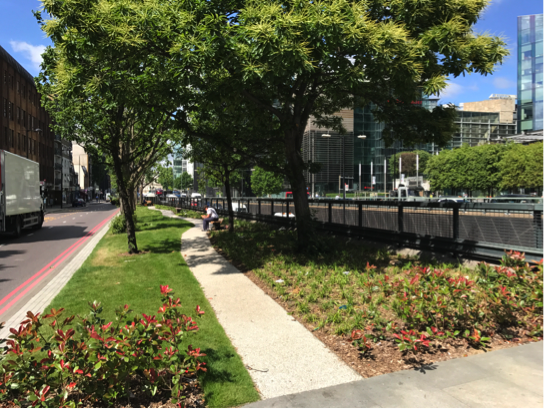City Know-hows

Target audience
Local housing policymakers, policymakers interested in measuring community well-being and developers of multi-unit residential buildings.
The problem
Community well-being in the built environment is ‘greater than the sum of its parts’. However, methods have not caught up to demonstrate this in terms of evidence-based approaches. In practice, evaluation methods and frameworks are reductive, measuring community well-being as an aggregate of factors of individual well-being. They operate as a kind of ‘pick and mix’ of dimensions and indicators. As such, they are ill-suited to reflect value in an appropriate way when used to inform planning policy and practice that seeks to improve community well-being.
What we did and why
We aligned the concept of community well-being with current building performance assessment methods. For our approach, we integrated a Social Practice Theory lens to understand the interaction between community factors and features of the built environment. Social Practice Theory being a psychological approach that seeks to determine the link between practice and context in ‘on the ground’ implementation.
Our study’s contribution
In terms of analysis, we advocate participatory mixed methods to integrate community wellbeing theory into current assessment methods. Our example supports the development of a novel, evidence based tool for assessing community well-being in the built environment. We recommend improvements to community wellbeing assessment based on our own research, including participatory methods, local community engagement, and use of Photovoice.
Impacts for city policy and practice
Implications for city policy and practice: Our findings offer the following contributions to city policy and practice:
We review seven frameworks for community well-being in the built environment to identify gaps between theory and methodology
We recommend of participatory mixed-methods to address identified gaps
We illustrate how a Social Practice Theory lens allows us to conceive the concept of well-being as an emergent property for planning that is shared, and temporally and geographically bounded.
Further information
Not available.
Full research article:
Community wellbeing in the built environment: towards a relational building assessment by Norene Lach, Sarah McDonald, Sylvia Coleman, Marianne Touchie, John Robinson, Garrett Morgan, Blake Poland and Alstan Jakubiec.
Related posts

Understanding how urban environments affect health is the first step in making a healthy city.

Australian pilot study finds a Healthy Urban Transition Tool can assess the liveability of urban environments and assist in transitioning neighborhoods towards improving the social determinants of health and health equity.

Seven key urban health policy ideas were found in the planning of Sydney’s Western Parkland City that draw upon different ontological perspectives. This case study prompts policy actors and researchers to reflect on their own assumptions, and others’ underlying assumptions to better understand where and how collaborations should occur.